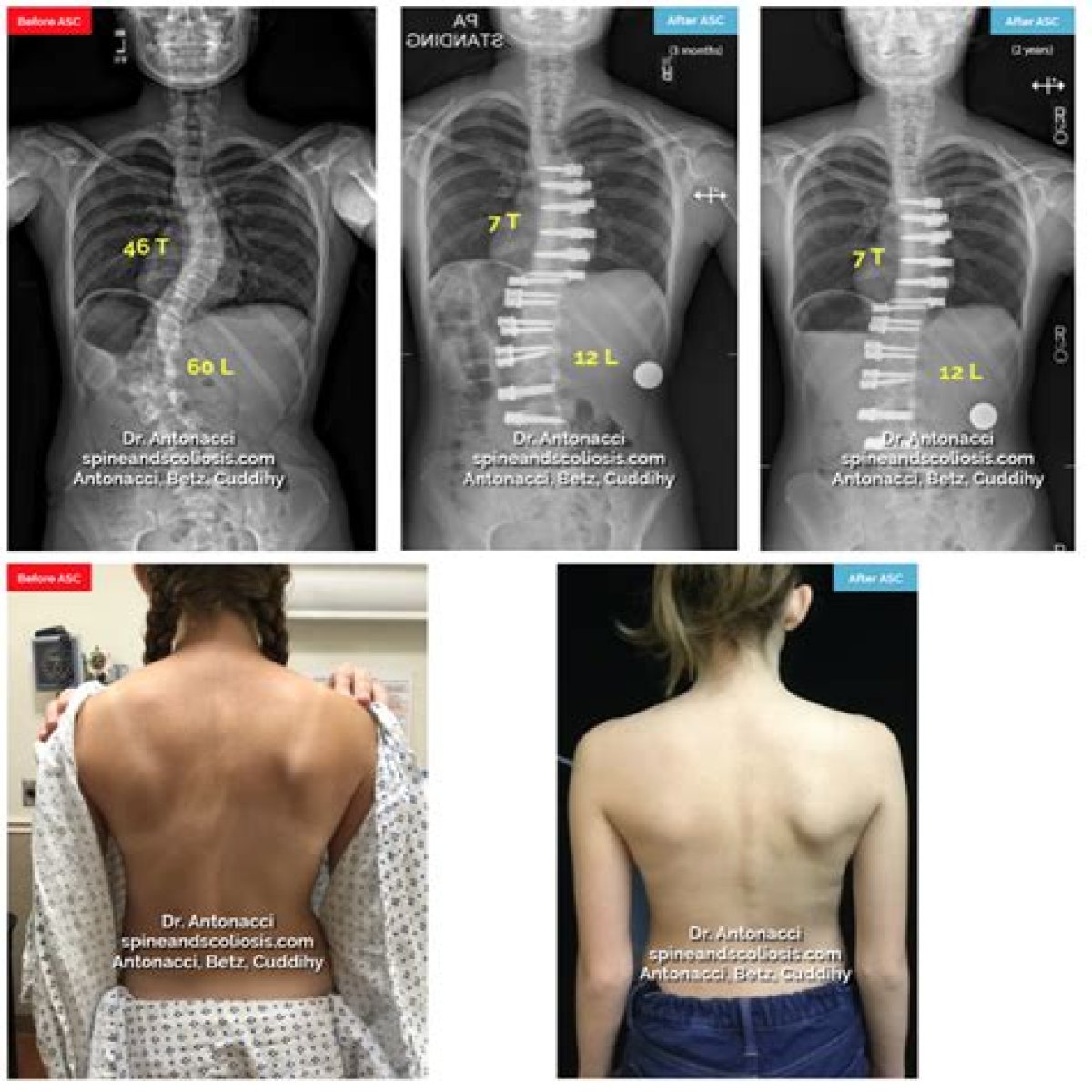Scoliosis, a condition characterized by an abnormal curvature of the spine, often requires surgical intervention for correction. Scar scoliosis surgery is one such procedure that not only addresses the physical deformity but also leaves behind a visible mark—a scar. This article delves into the intricacies of scar scoliosis surgery, focusing on the surgical process, recovery, and the psychological implications of living with a scar post-surgery. Understanding these aspects can significantly aid patients and their families in making informed decisions regarding scoliosis treatment.
Scar scoliosis surgery is more than just a physical procedure; it is a journey that begins with diagnosis and leads to recovery and adaptation. Patients often experience anxiety over the potential physical and emotional changes that accompany surgery. The surgical scars, while a testament to the procedure's necessity, can also impact a patient's self-image and confidence. This article aims to provide a comprehensive overview of what to expect before, during, and after scar scoliosis surgery, ensuring that individuals are well-prepared for this life-altering experience.
Furthermore, the pursuit of knowledge about scar scoliosis surgery is essential as patients seek the best care options available. By examining the latest surgical techniques, recovery protocols, and the psychological support available, this article serves as a guide for patients navigating the complex world of scoliosis treatment. Ultimately, understanding the implications of surgery can empower patients to embrace their healing journey with confidence and resilience.
- What is Scar Scoliosis Surgery?
- Who is a Candidate for Scar Scoliosis Surgery?
- What Are the Different Surgical Techniques Used in Scar Scoliosis Surgery?
- What Can Patients Expect During the Surgery?
- What Is the Recovery Process Like After Scar Scoliosis Surgery?
- How Does Scar Scoliosis Surgery Impact a Patient's Mental Health?
What is Scar Scoliosis Surgery?
Sar scoliosis surgery is a surgical intervention aimed at correcting the spinal curvature associated with scoliosis. This procedure typically involves the use of rods, screws, and grafts to stabilize the spine and create a more natural alignment. The surgery can vary in complexity, depending on the severity of the curvature and the patient's specific needs. The primary goals of scar scoliosis surgery include:
- Reducing the curvature of the spine.
- Improving overall spinal function and posture.
- Alleviating pain and discomfort associated with scoliosis.
- Preventing further progression of the condition.
Who is a Candidate for Scar Scoliosis Surgery?
Not everyone with scoliosis requires surgery. Determining candidacy for scar scoliosis surgery involves several factors, including:
- The degree of spinal curvature (usually over 40 degrees).
- Presence of pain or discomfort.
- Impact on daily activities and quality of life.
- Age and overall health of the patient.
What Are the Different Surgical Techniques Used in Scar Scoliosis Surgery?
There are several surgical techniques used to correct scoliosis, each with its advantages and disadvantages. Some common methods include:
- Posterior spinal fusion: This is the most common approach, involving the surgical placement of rods and screws along the spine.
- Anterior spinal fusion: This technique involves accessing the spine from the front, allowing for a different angle of correction.
- Less invasive techniques: Some surgeons may use minimally invasive approaches, which can reduce recovery time and scarring.
What Can Patients Expect During the Surgery?
Scar scoliosis surgery is typically performed under general anesthesia and can last several hours. The procedure involves:
- Making incisions along the back or side of the torso.
- Realigning the spine and securing it using rods and screws.
- Closing the incisions and monitoring the patient in recovery.
What Is the Recovery Process Like After Scar Scoliosis Surgery?
The recovery process after scar scoliosis surgery can vary from patient to patient. However, some common aspects include:
- Hospital stay: Patients typically remain in the hospital for several days following surgery.
- Pain management: Pain medications will be prescribed to manage discomfort during recovery.
- Physical therapy: Rehabilitation is essential for regaining strength and mobility.
- Follow-up appointments: Regular check-ups will be necessary to monitor healing and spinal alignment.
How Does Scar Scoliosis Surgery Impact a Patient's Mental Health?
Living with a scar post-surgery can significantly impact a patient’s mental health. It is crucial to consider:
- Body image concerns: Patients may feel self-conscious about their scars.
- Emotional support: Engaging in support groups or therapy can help address feelings of anxiety or depression.
- Acceptance: Learning to embrace one’s body after surgery is a vital part of healing.
What Are the Long-Term Outcomes of Scar Scoliosis Surgery?
Many patients experience positive long-term outcomes after undergoing scar scoliosis surgery, including:
- Improved spinal alignment.
- Reduced pain and discomfort.
- Enhanced quality of life and mobility.
Conclusion: Embracing Life After Scar Scoliosis Surgery
Scar scoliosis surgery can be a life-changing intervention for those suffering from severe spinal curvature. While the journey includes physical and emotional challenges, understanding the process can empower patients to embrace their new reality. With the right support and resources, individuals can move forward with confidence, transforming their scars into symbols of strength and resilience.
Understanding Brittney Griner's Identity: Is Brittney Griner Trans?Sara Saffari's Ethnicity: Uncovering Her Cultural HeritageUnraveling The Romantic Life Of Kim Ji Won: Who Has She Dated?
